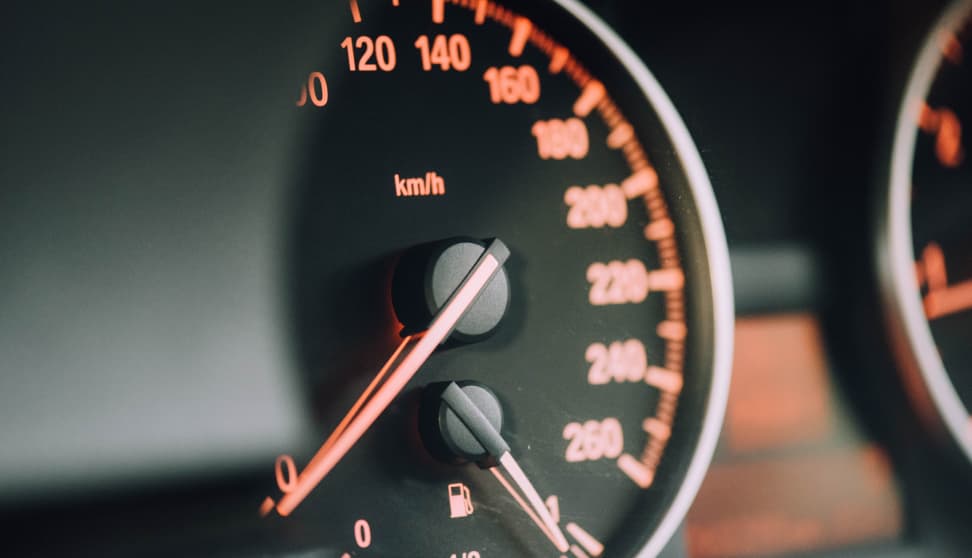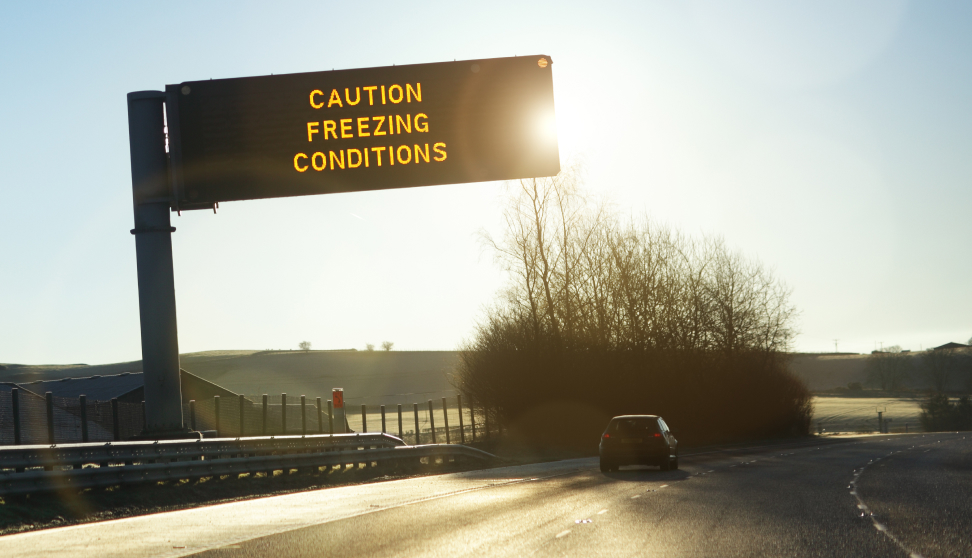The recent surge in fuel prices in the UK has hit drivers hard.
However, there are steps every driver can take to delay trips to the pump to fill up.
With average fuel prices quickly heading towards £2 a litre, and with little to no indication of when prices may fall, it’s reason enough to look at fuel efficiency and how you can improve yours.
Below, we look at a few steps which you can take to help improve your fuel consumption.
Plan your journey
If you’re not familiar with the route you need to take, be sure to plan your journey before you take off.
It's estimated that 350,00 tonnes of fuel are wasted each year by drivers who are lost.
You could even go one step further and invest in a safe-to-use in-car sat-nav which will tell you the best route to take and avoid road closures and traffic build-ups.
Building up speed
Try to not over-rev when you speed up. Instead, accelerate slowly to get to the same speed using less power and less fuel.
Keep it steady
Sudden braking and accelerating uses up to 40% more fuel, so staying at a steady speed will save fuel.
Always be aware of your surroundings and avoid aggressively accelerating; it’s advised to gently pick up your speed instead. When it comes to braking, try taking your foot off the accelerator early with the car still in gear.
Keeping a distance of around three seconds between you and the car in front should help avoid sudden braking.
Using the correct gear
Drive in as high a gear as possible without labouring the engine. Drivers are advised to shift up a gear at around 2,000rpm in a diesel vehicle and at 2,400rpm in a petrol vehicle.
Many modern vehicles have an eco-display on the dashboard advising when you should change up or down gears to maximise efficiency.
Check your tyres
Keep your tyres inflated, as lower tyre pressure increases the drag on the car and so requires more fuel.
Only carry what you need
Remove any unnecessary weight ahead of your journey, including any junk in the boot and (if you’re not using it) the roof rack. Removing the roof rack can also reduce wind resistance and decrease drag – improving fuel consumption.
Using air con?
Turn air conditioning off unless it’s needed. Generally, you’re better driving with the air con off and windows open at a low speed. If you’re at a higher speed, open windows could cause too much drag so air con might be the best bet. This’ll vary depending on the car and driving style.



